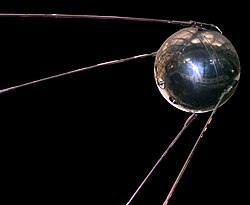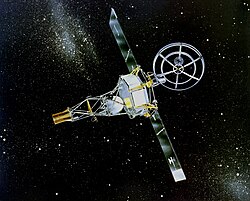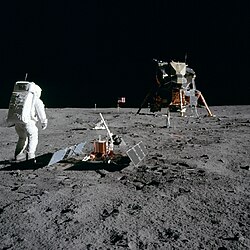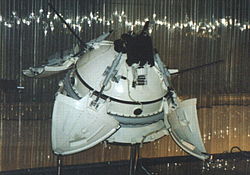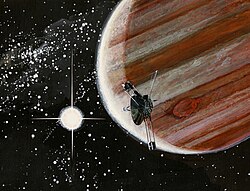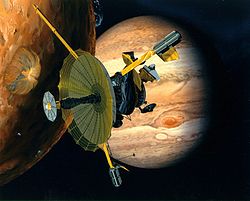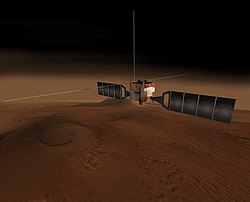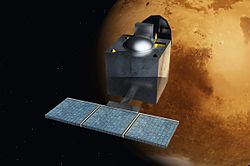
This is a timeline of Solar System exploration ordering events in the exploration of the Solar System by date of spacecraft launch. It includes:
Contents
- 1950s
- 1960s
- 1970s
- 1980s
- 1990s
- 2000s
- 2010s
- 2020s
- Planned or scheduled
- See also
- References
- External links
- All spacecraft that have left Earth orbit for the purposes of Solar System exploration (or were launched with that intention but failed), including lunar probes.
- A small number of pioneering or notable Earth-orbiting craft.[ vague ]
It does not include:
- Centuries of terrestrial telescopic observation.
- The great majority of Earth-orbiting satellites.
- Space probes leaving Earth orbit that are not concerned with Solar System exploration (such as space telescopes targeted at distant galaxies, cosmic background radiation observatories, and so on).
- Probes that failed at launch.
The dates listed are launch dates, but the achievements noted may have occurred some time later—in some cases, a considerable time later (for example, Voyager 2 , launched 20 August 1977, did not reach Neptune until 1989).
